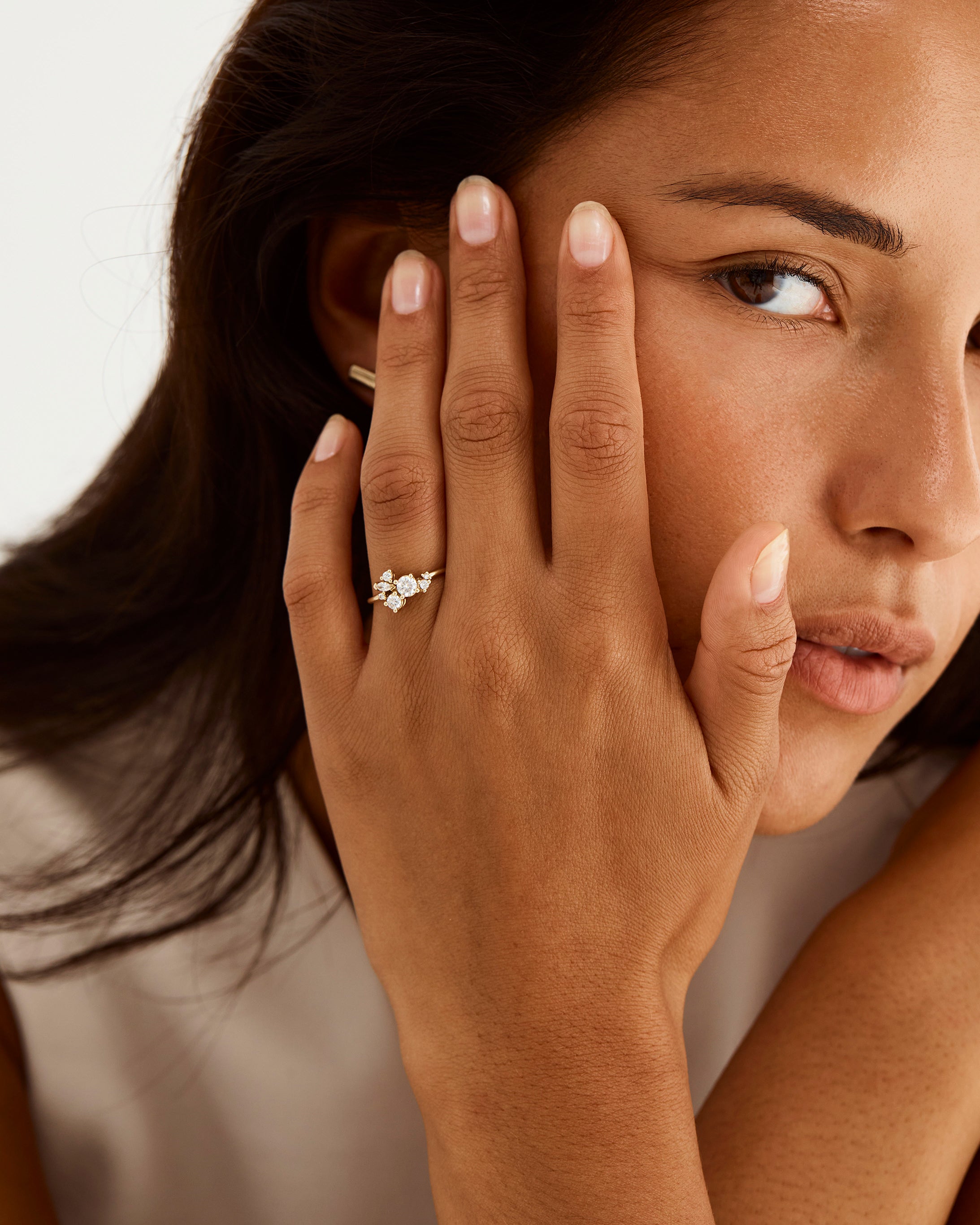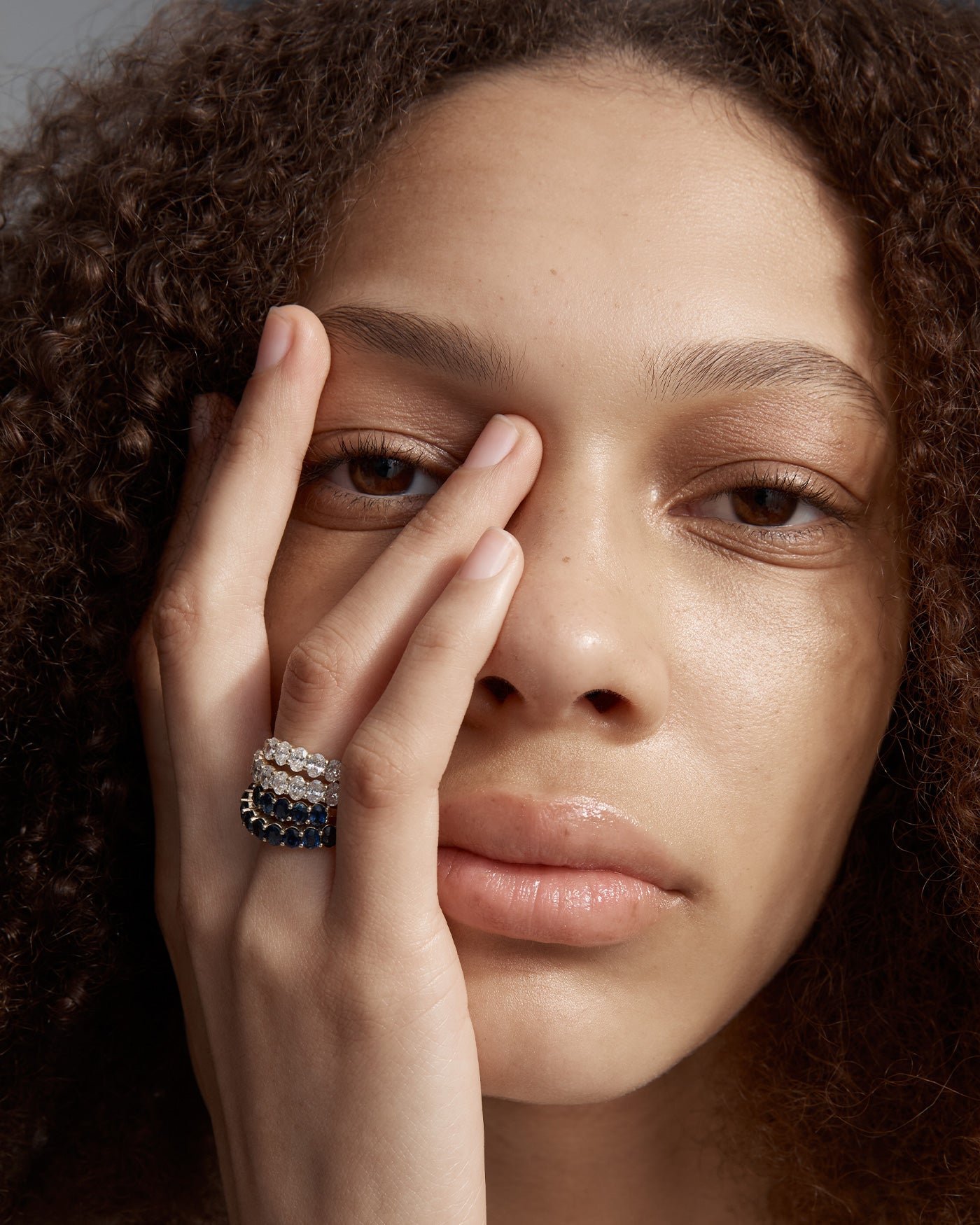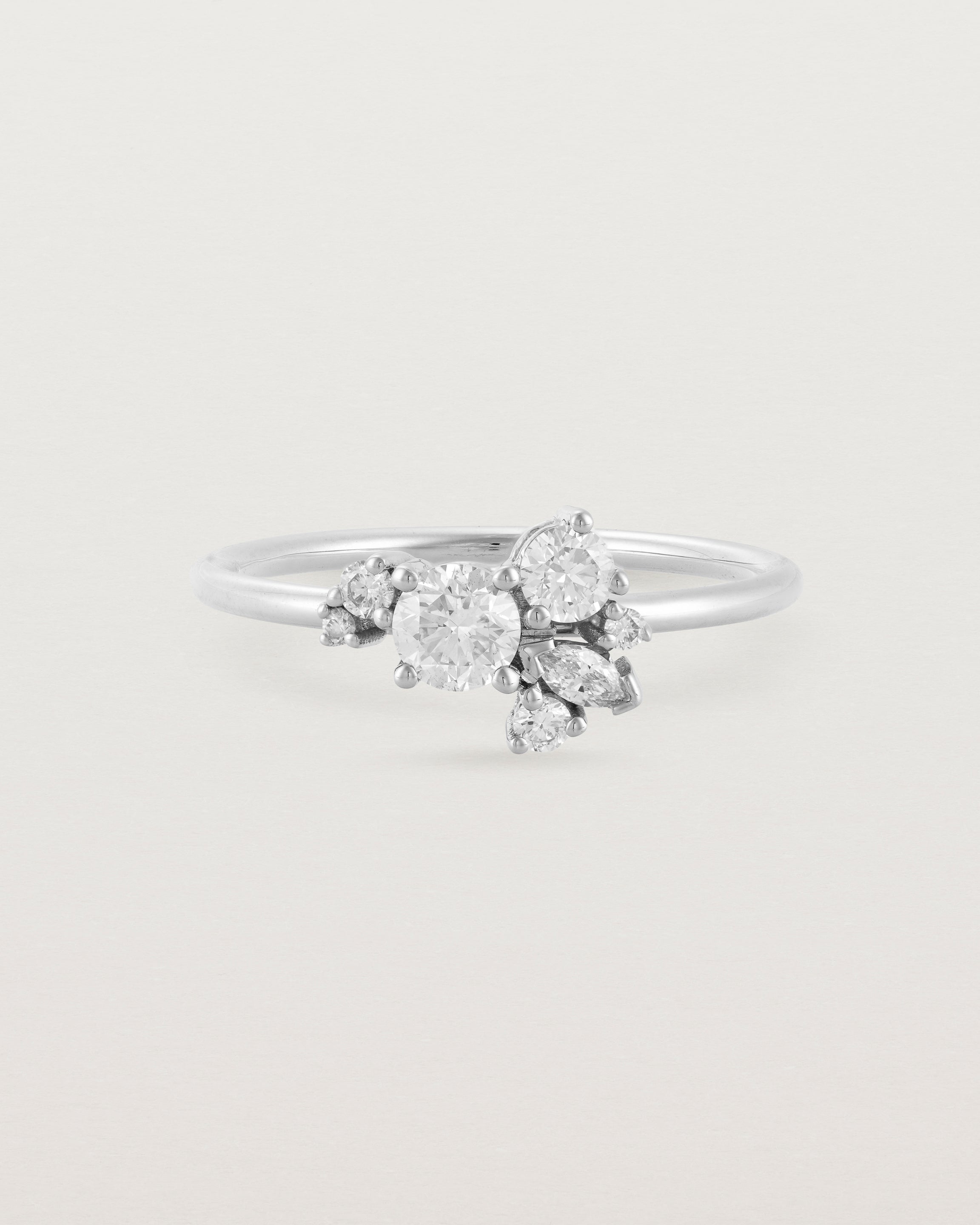Guide
Diamonds
When it comes to choosing a diamond, there are many varying characteristics and quality factors that can determine the brilliance, sparkle and overall aesthetic impact of the stone. We work only with the highest quality GIA certified diamonds. Summarised here in our Diamond Guide are the most important details we suggest to keep in mind when looking for the perfect diamond.
We pride ourselves in providing genuine, accurate information on what to look for in the ideal diamond.
Diamond Shape
When choosing a diamond, the first decision to be made is what shape you prefer. Diamonds come in a wide range of shapes, with the most popular being a round brilliant cut – which most people will recognise as the classic shape for a solitaire style ring. Other common shapes include oval cut, emerald cut, pear cut, marquise cut, cushion cut, asscher cut, princess cut and trilliant or trillion cut, along with other more unusual shapes, each with their own unique qualities to suit different styles and preferences.
Carat
Carat is the measurement of how much a diamond weighs. A metric ‘carat’ is defined as 200 milligrams. All else being equal, diamond price increases with carat weight, because larger diamonds are more rare and more desirable. However, two diamonds of equal carat weight can have very different values (and price) depending on three other factors of the 4cs: Colour, clarity and cut.
Cut
The cut of a diamond is not to be confused with it’s shape – this term actually refers to the quality of how it’s been cut, which is important in ensuring the maximum return of light back to the viewer’s eye and is the factor that fuels a diamond’s fire, sparkle and brilliance. Precise workmanship is required to cut a diamond so that its proportions, symmetry, and polish maximise its beauty. Cut grades are unique to round brilliant cut diamonds only, and do not apply to any other shape. The quality of cut is crucial to the diamond’s value, and at NMJ we work only with excellent cut round diamonds.For fancy shape diamonds, which is the term applied to all other shapes outside of round, it is the polish and symmetry grades which determine the quality of the cut of the stone. A high quality fancy cut diamond will present very good to excellent polish and symmetry, whereas a round diamond should have excellent grading for both categories.
Clarity
The clarity of a diamond refers to the presence of inclusions within the stone. Practically all diamonds contain naturally occurring internal inclusions. These are generally either foreign materials, such as carbon or other minerals which were trapped inside the diamond as it has grown around them, or clear inclusions such as fractures and tiny imperfections in the structure of the diamond. The size, nature, location and amount of inclusions determine a diamond’s clarity grade and affect its value. The diamonds that we source at NMJ are strictly SI1 clarity and above, and we encourage prioritising a stone with no eye-visible inclusions to guarantee the best sparkle and fire. To ensure the best diamond we recommend a VS2 or higher clarity quality.
Colour
Colour refers to the natural body colour of a diamond and not to the reflection of spectral colours that flash when a diamond moves. Most diamonds naturally exhibit slight hints of yellow, brown, or grey, and so the less colour a diamond exhibits, the higher it’s value due to the rarity of colourless material. Colour quality is graded via an alphabetical system, ranging from D (colourless) to Z (light yellow). Each letter grade represents a range of colour and is a measure of how noticeable that colour is. To guarantee a high quality, bright white diamond NMJ source only from the colourless quality range, which are D, E and F grades.
FLUORESCENCE
The fluorescence of a diamond is a fairly unfamiliar factor to most people, but it is important to be aware of the fluorescent grading system when choosing a diamond. A stone that exhibits fluorescence will glow blue under ultraviolet light, which ranges from a faint, dull blue light through to a vivid, bright blue luminescence. The less fluorescence a stone has, the higher it’s value, and at NMJ we use only stones which have no fluorescence.
Diamonds
Engagement Collection
Feel inspired and fall in love. View our curated collection of diamond engagement rings.





























